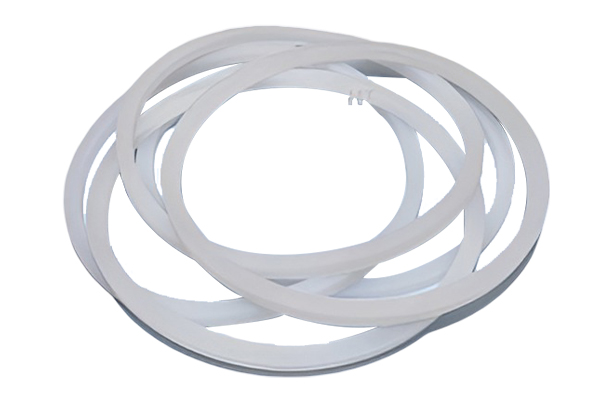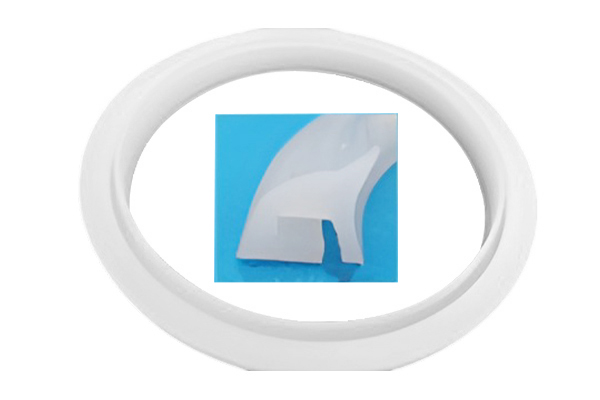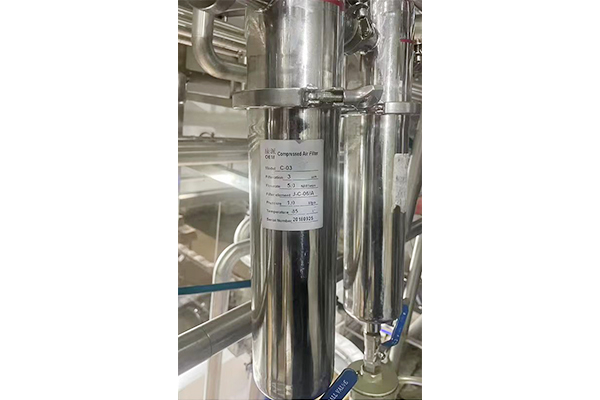What is the significance of the cleaning frequency of air curtain baffle for laser welding machine to the stability of welding quality?
Release Time : 2025-07-14
The cleaning frequency of air curtain baffle for laser welding machine is directly related to the stability of welding quality. Its core significance lies in ensuring that its various functions are always in an ideal state by keeping the baffle clean, providing continuous and reliable protection for the welding process. As an important protective component in the welding area, air curtain baffle for laser welding machine is surrounded by high temperature, smoke and splash for a long time. If it is not cleaned in time, a layer of smoke particles, metal splash residues and other pollutants will gradually accumulate on the surface. The presence of these pollutants will directly affect the normal operation of the baffle.
Appropriate cleaning frequency can prevent pollutants from hindering the normal circulation of the air curtain airflow. One of the main functions of air curtain baffle for laser welding machine is to cooperate with the air curtain system to form a stable airflow barrier, discharge the smoke generated by welding in time, and isolate external impurities from entering the welding area. When too many pollutants are attached to the surface of the baffle, the flow path of the airflow will be changed, resulting in weakened or turbulent airflow in some areas. The smoke that should have been discharged in time may be retained in the welding area, and mixed into the weld after contacting with the molten metal, forming defects such as pores and inclusions, destroying the integrity of the welding. Regular cleaning can keep the surface of the baffle smooth, ensure that the airflow flows stably along the designed path, and exhaust smoke efficiently and orderly, reducing the fluctuation of welding quality caused by smoke interference.
Reasonable control of the cleaning frequency can prevent pollutants from interfering with the transmission of the laser beam. Laser welding relies on the precise focusing of high-energy laser beams. Air curtain baffle for laser welding machine usually has a window or channel for the laser beam to pass through. If the area is covered by pollutants, the laser beam will be scattered or absorbed when passing through, resulting in the laser energy reaching the surface of the welded workpiece attenuation or uneven distribution. Insufficient energy will cause insufficient welding penetration, while uneven energy distribution will cause problems such as uneven weld width and poor fusion, which seriously affects the welding strength. By cleaning regularly and keeping the laser channel clean, the laser beam energy can be stably transmitted, so that each welding point can obtain uniform and sufficient energy, and the consistency of weld quality can be ensured.
Keeping the air curtain baffle for laser welding machine clean can also reduce the damage of pollutants to the performance of the baffle itself, and indirectly maintain the stability of welding quality. Most of the accumulated metal spatters have a high temperature. If they are attached to the surface of the baffle for a long time, they may form high-temperature spots, causing local overheating and deformation of the baffle. The deformed baffle will change the matching gap with the air curtain system, destroy the sealing of the airflow barrier, and impurities such as dust and moisture from the outside may take the opportunity to enter the welding area and pollute the molten metal. At the same time, the deformed baffle may also change the incident angle of the laser beam and affect the focusing accuracy. Regular cleaning can remove these high-temperature spatters in time, prevent the baffle from being deformed due to long-term heat, maintain its original structural accuracy, and make the protective function continue to be effective.
The cleaning frequency is closely related to the characteristics of the welding material. Adjusting the cleaning frequency for different materials can more accurately guarantee the welding quality. When welding materials such as aluminum and copper that are prone to produce a large amount of spatter and smoke, the accumulation rate of pollutants is faster. If it is still cleaned at a fixed frequency, excessive pollutants may appear within the interval between two cleanings. At this time, appropriately increasing the cleaning frequency can timely remove these rapidly generated pollutants to avoid interference with the welding process; when welding materials with low spatter, the cleaning cycle can be appropriately extended to ensure quality while improving production efficiency. This cleaning strategy adjusted according to actual conditions reflects the adaptability of the cleaning frequency to different welding scenarios and is a flexible means to maintain stable quality.
Timely cleaning of the air curtain baffle for laser welding machine can reduce secondary pollution caused by the shedding of pollutants. Pollutants attached to the surface of the baffle may fall off from time to time under the impact or vibration of the airflow. If they happen to fall into the molten pool being welded, they will directly become impurities in the weld, resulting in a decrease in the strength of the weld. Regular cleaning can remove pollutants before they accumulate in large quantities and may fall off, avoiding this random secondary pollution from the source, keeping the risk of impurities introduced during welding at a minimum level, ensuring that the formation of each weld is not disturbed by accidental pollutants, and improving the reliability of welding quality.
Reasonable cleaning frequency can also help extend the service life of the air curtain baffle for laser welding machine and reduce quality fluctuations caused by baffle damage. For baffles that have not been cleaned for a long time, the pollutants on their surface may react chemically with the baffle material, especially in high temperature environments, which may cause oxidation, corrosion and other phenomena, weakening the structural strength of the baffle. When holes or cracks appear on the baffle due to corrosion, it will completely lose its protective function and must be stopped for replacement, which not only increases production costs, but the production interruption during the replacement period may also cause differences in the welding quality of different batches of products. Regular cleaning can reduce the contact time between pollutants and the baffle, delay the corrosion aging process, keep the baffle in good condition for a long time, and provide continuous guarantee for the stability of welding quality.
From the perspective of production management, a fixed and reasonable cleaning frequency can form a standardized operating process and reduce the impact of human factors on welding quality. A clear cleaning cycle allows operators to follow rules to avoid quality problems caused by forgetting to clean or incomplete cleaning, and ensure that the welding conditions of each device and each shift are consistent. This standardized cleaning management makes the quality of products welded by different operators at different times comparable and stable, facilitates quality traceability and continuous improvement, and lays the foundation for improving the overall production quality.







